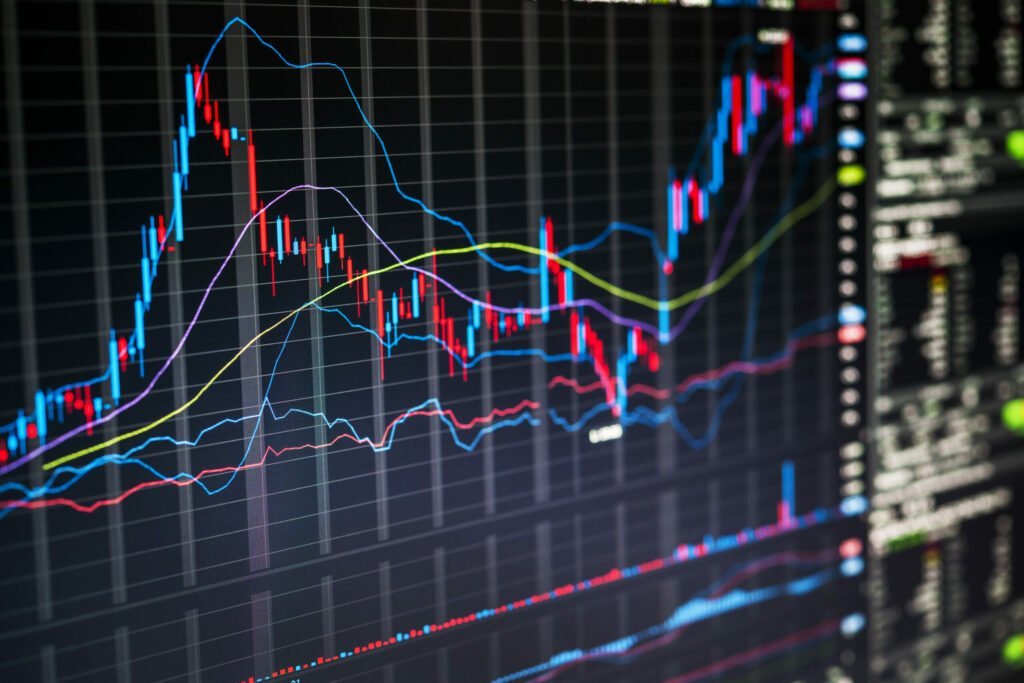Introduction:
In the fast-paced world of financial markets, trading platforms play a crucial role in facilitating buy and sell transactions. To ensure seamless execution and efficient trading, these platforms are built with a well-defined architecture. This article aims to provide a comprehensive description of the architecture of a trading platform.
- Components of a Trading Platform:
A typical trading platform comprises several key components that work together to enable market participants to place orders and execute trades. These components include:
a) User Interface: The front-end component that allows traders to interact with the platform, view market data, and execute trades.
b) Order Management System (OMS): Responsible for order placement, routing, and tracking.
c) Market Data Feed: Provides real-time and historical market data to support informed decision-making.
d) Risk Management System: Monitors and manages potential risks associated with trading activities.
e) Matching Engine: Responsible for matching buyers and sellers, and executing trades.
f) Settlement System: Facilitates the settlement process, ensuring the exchange of assets and funds. - System Architecture:
The architecture of a trading platform is typically designed with a focus on scalability, reliability, and low latency. Some common architectural patterns used in trading systems are:
a) High Availability: Employing redundant and distributed systems to minimize downtime and ensure continuous operation.
b) Microservices: Breaking down the platform into smaller, modular services that can be independently developed, deployed, and scaled.
c) Event-Driven Architecture: Utilizing event-driven messaging and asynchronous communication to handle high volumes of market data and trade events.
d) Cloud Infrastructure: Leveraging cloud computing resources to provide scalability, elasticity, and cost-effectiveness.
e) Data Storage: Utilizing high-performance databases or distributed storage systems to store massive amounts of market data and trade history. - Integration and Connectivity:
Trading platforms need to be seamlessly integrated with various external systems, including exchanges, liquidity providers, clearinghouses, and regulatory bodies. APIs (Application Programming Interfaces) are used to establish connectivity and facilitate data exchange between these systems and the trading platform. - Security and Compliance:
Given the sensitive nature of financial transactions, security and compliance are of utmost importance in trading platforms. Measures such as encryption, authentication, authorization mechanisms, and regulatory compliance frameworks ensure the protection of user data, prevention of unauthorized access, and adherence to industry regulations.
Conclusion:
The architecture of a trading platform is a complex system that brings together various components, technologies, and protocols. Its design emphasizes scalability, low latency, reliability, and integration with external systems. By understanding the intricacies of this architecture, market participants can appreciate the underlying infrastructure that powers their trading activities and enables smooth execution in financial markets.

